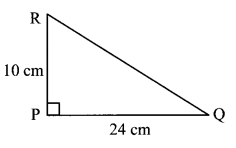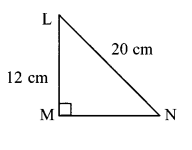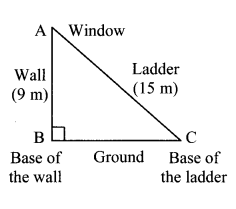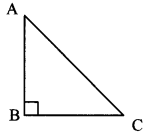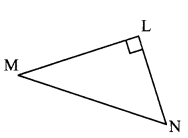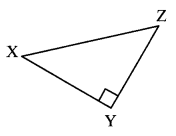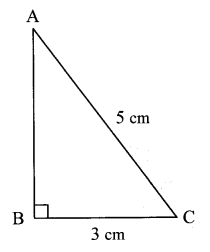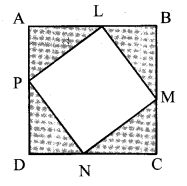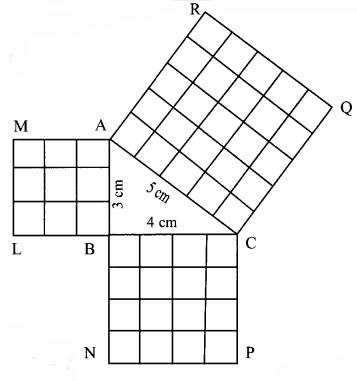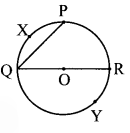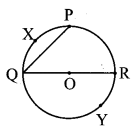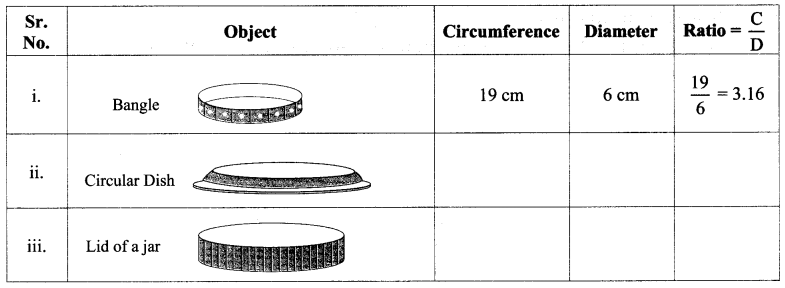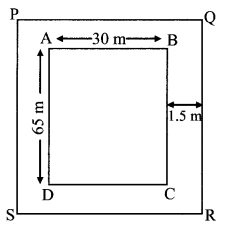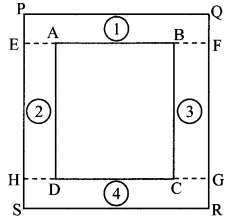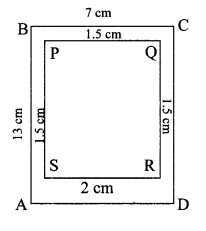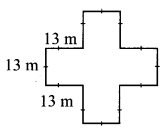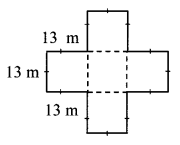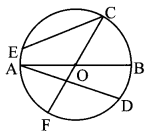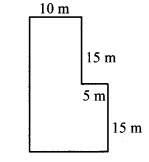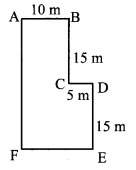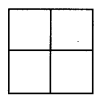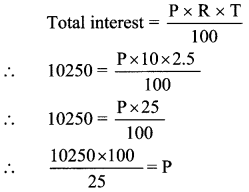Balbharti Maharashtra State Board Class 7 Maths Solutions covers the 7th Std Maths Practice Set 51 Answers Solutions Chapter 14 Algebraic Formulae – Expansion of Squares.
Algebraic Formulae – Expansion of Squares Class 7 Practice Set 51 Answers Solutions Chapter 14
Question 1.
Use the formula to multiply the following:
i. (x + y)(x – y)
ii. (3x – 5)(3x + 5)
iii. (a + 6)(a – 6)
iv. \(\left(\frac{x}{5}+6\right)\left(\frac{x}{5}-6\right)\)
Solution:
i. Here, a = x, b = y
(x + y)(x – y) = x² – y²
…. [(a + b)(a – b) = a² – b²]
ii. Here, a = 3x, b = 5
(3x – 5) (3x + 5) = (3x)² – 5²
…. [(a + b)(a – b) = a² – b²]
= 9x² – 25
iii. Here, A = a, B = 6
(a + 6) (a – 6) = a² – 6²
…. [(A + B)(A – B) = A² – B²]
= a² – 36
iv. Here, a = \(\frac { x }{ 5 }\), b = 6
\(\left(\frac{x}{5}+6\right)\left(\frac{x}{5}-6\right)=\left(\frac{x}{5}\right)^{2}-(6)^{2}\)
…. [(a + b)(a – b) = a² – b²]
= \(\frac{x^{2}}{25}-36\)
Question 2.
Use the formula to find the values:
i. 502 × 498
ii. 97 × 103
iii. 54 × 46
iv. 98 × 102
Solution:
i. 502 × 498 = (500 + 2) (500 – 2)
Here, a = 500, b = 2
∴ (500 + 2) (500 – 2) = 500² – 2²
…. [(a + b)(a – b) = a² – b²]
= 250000 – 4
= 249996
∴ 502 × 498 = 249996
ii. 97 × 103 = (100 – 3) (100 + 3)
Here, a = 100, b = 3
∴ (100 – 3) (100 + 3) = 100² – 3²
…. [(a + b)(a – b) = a² – b²]
= 10000 – 9
= 9991
∴ 97 × 103 = 9991
iii. 54 × 46 = (50 + 4) (50 – 4)
Here, a = 50, b = 4
∴ (50 + 4) (50 – 4) = 50² – 4²
…. [(a + b)(a – b) = a² – b²]
= 2500 – 16 = 2484
∴ 54 × 46 = 2484
iv. 98 × 102 = (100 – 2) (100 + 2)
Here, a = 100, b = 2
∴ (100 – 2) (100 + 2) = 100² – 2²
…. [(a + b)(a – b) = a² – b²]
= 10000 – 4
= 9996
∴ 98 × 102 = 9996

